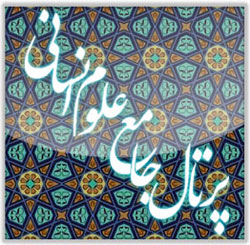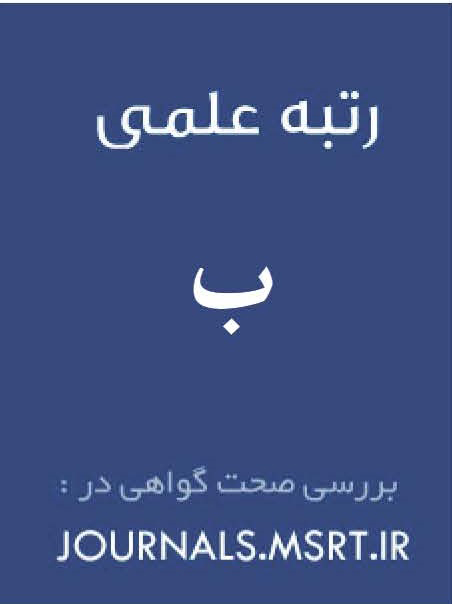An Examination of Punishments and Penalties during the Safavid Era in the Mirror of Western Travelogues
Keywords:
social justice, Criminal System, Safavid, Travel account , TravelersAbstract
The Safavid period (1501–1736 CE) represents one of the most significant epochs in Iranian history, during which the penal system and methods of punishment were systematically implemented to consolidate sovereign authority and maintain social control. In this era, punishments such as flogging, branding, amputation, execution, and various forms of torture were employed not only as instruments of justice but also as tools for instilling fear and suppressing dissent. This study, relying on the accounts of European travelers such as the Shirley brothers, Jean-Baptiste Tavernier, Jean Chardin, Giovanni Francesco Gemelli Careri, Adam Olearius, and the Venetian ambassador, examines the implementation of punishments and penal mechanisms during the Safavid period. These sources, being closely acquainted with the Safavid court and its administrative apparatus, provide a vivid depiction of the severity and extent of punishments in this era. The findings of this research indicate that criminal violence in the Safavid period was utilized not merely for the enforcement of public order but also for strengthening the authoritarian foundations of governance. Through the analysis of historical data, this article reconstructs a portrait of the legal and penal realities of the era based on direct observations and precise descriptions recorded in European travelogues.
Downloads
References
1. Dehkhoda AA. Dehkhoda Dictionary. Tehran: Rozaneh; 1959.
2. Monajjem Yazdi MJa-DM. Tarikh-e Abbasi. Tehran: Negarestan-e Andisheh; 1987.
3. Atashkar M. Crime and Penal Rulings in the Safavid Era. Qazvin: Imam Khomeini International University; 2011.
4. Mehman Navaz M. An Analytical Study of Violence, Punishment, and Restrictions Against Women in the Safavid Period Based on the Accounts of European Travelers. Scientific-Research Journal of Woman and Society. 2019(40).
5. Shahbazi D. Travelers Who Have Visited Iran. Tehran: Mahris; 2020.
6. Gharib SO. A Window into the History of Iran in Past Centuries. Tehran: Enteshar Publishing Company; 1998.
7. Hakimi M. Alongside Historians and Travelers. Tehran: Arun Publications; 2004.
8. Daneshpajouh M. An Examination of Safavid Travelogues. Isfahan: Iranian Academy of Arts; 2006.
9. Bandar Rigi M. Al-Munjid (Lexicon of Students). Tehran: Hor Publications; 1995.
10. Mousavi Bojnourdi K. The Great Islamic Encyclopaedia. Tehran: Centre for the Great Islamic Encyclopaedia; 2003.
11. Mousavi Bojnourdi K. Popular Narrative Literature Encyclopedia of Iranian Folk Culture. Tehran: Centre for the Great Islamic Encyclopaedia; 2012.
12. Tavernier J-B. The Travels of Tavernier. Tehran: Sanai; 1984.
13. Olearius A. The Travels of Adam Olearius. Tehran: Ebtekar Cultural and Publishing Organization; 1984.
14. Sanson M. Sanson's Travelogue. Tehran: Sina Publications; 1967.
15. Careri G. Careri's Travelogue. Tabriz: General Directorate of Culture and Art of East Azerbaijan; 1969.
16. Amin H. History of Iranian Law. Tehran: Encyclopaedia Islamica Foundation; 2003.
17. Floor W. The Judicial System in the Safavid Era. Tehran: Research Institute of Hawzah and University; 2011.
18. Mirza Sa. Tazkirat al-Muluk. Tehran: Amir Kabir Publications; 1989.
19. Ravandi M. The Social History of Iran. Tehran: Negah Publications; 2003.
20. Grass Y. The Beautiful Ambassador. Tehran: Tehran Publications; 1993.
Downloads
Published
Submitted
Revised
Accepted
Issue
Section
License
Copyright (c) 2025 محمد بمانی زارع شریف آباد (نویسنده); خورشید قنبری ننیز; مریم جعفری (نویسنده)

This work is licensed under a Creative Commons Attribution-NonCommercial 4.0 International License.








